Theodore Roosevelt Jr. was an American statesman and writer who served as the 26th President of the United States from 1901 to 1909. He also served as the 25th Vice President of the United States from March to September 1901 and as the 33rd Governor of New York from 1899 to 1900. Take a look below for 30 more fascinating and interesting facts about Theodore Roosevelt.
1. As a leader of the Republican Party, he became a driving force for the Progressive Era in the United States in the early 20th century.
2. His face is depicted on Mount Rushmore, alongside those of George Washington, Thomas Jefferson and Abraham Lincoln.
3. Roosevelt was born a sickly child with debilitating asthma, but he overcame his physical health problems by embracing a strenuous lifestyle.
4. He integrated his exuberant personality, vast range of interests, and world famous achievements into a “cowboy” persona defined by robust masculinity.
5. Home schooled, Roosevelt began a lifelong naturalist avocation before attending Harvard College.
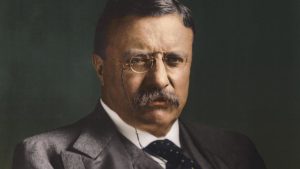
6. His book, The Naval War of 1812, established his reputation as both a learned historian and as a popular writer.
7. Upon entering politics, he became the leader of the reform faction of Republicans in New York’s state legislature.
8. Following the near-simultaneous deaths of his wife and mother, he escaped to a cattle ranch in the Dakotas.
9. Roosevelt served as Assistant Secretary of the Navy under President William McKinley, but resigned from that post to lead the Rough Riders during the Spanish-American War.
10. Returning a war hero, he was elected Governor of New York in 1898.
11. After the death of Vice President Garret Hobart, the New York state party leadership convinced McKinley to accept Roosevelt as his running mate in the 1900 election. Roosevelt campaigned vigorously, and the McKinley-Roosevelt ticket won a landslide victory based on a platform of peace, prosperity and conservatism.
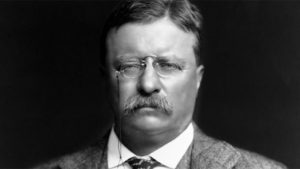
12. After taking office as Vice President in March 1901, he became President at the age of 42, following McKinley’s assassination in September, 1901, and remains the youngest person to become President of the United States.
13. As a leader of the Progressive movement, he championed his “Square Deal” domestic policies, promising the average citizen fairness, breaking of trusts, regulation of railroads, and pure food and drugs.
14. Making conservation a top priority, he established many new national parks, forests and monuments intended to preserve the nation’s natural resources.
15. In foreign policy, he focused on Central America, where he began construction of the Panama Canal.
16. He expanded the U.S. Navy and sent the Great White Fleet on a world tour to project the United States’ naval power around the globe.
17. His successful efforts to broker the end of the Russo-Japanese War won him the 1906 Nobel Peace Prize.
18. During his leadership, he avoided controversial tariff and money issues.
19. Elected in 1904 to a full term, Roosevelt continued to promote progressive policies, many of which were passed in Congress.
20. Roosevelt successfully groomed his close friend, William Howard Taft, and Taft won the 1908 presidential election to succeed him.
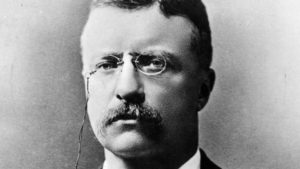
21. In polls of historians and political scientists, Roosevelt is generally ranked as one of the five best presidents.
22. Frustrated with Taft’s conservatism, Roosevelt belatedly tried to win the 1912 Republican nomination. He failed, walked out and founded a third party, the Progressive, so called “Bull Moose” Party, which called for wide-ranging progressive reforms.
23. Following his election defeat, Roosevelt led a two year expedition to the Amazon basin, where he nearly died of tropical disease.
24. During World War I, he criticized President Woodrow Wilson for keeping the country out of the war with Germany, and his offer to lead volunteers to France was rejected.
25. As a child, Roosevelt witnessed the Abraham Lincoln funeral procession. There is a photo of the young Roosevelt perched in a window watching the procession in New York City in April 1865, that surfaced in the 1950s.
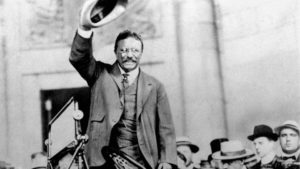
26. Roosevelt claimed that he had a photographic memory, but it can’t really be proven today. However, biographer and historian Edmund Morris cited several documented cases where Roosevelt was able to recite obscure poetry and other content well over a decade after he read the documents.
27. Roosevelt was the first United States President to win a Nobel Peace Prize.
28. Roosevelt wrote about 35 books in his lifetime and an estimated 150,000 letters.
29. As an undergrad at Harvard, Roosevelt’s scholarship on the U.S. Navy during the War of 1812 is still cited today.
30. While Roosevelt graduated from Harvard, he left law school at Columbia without receiving a degree. He had become focused on local politics and lost interest in a legal career.

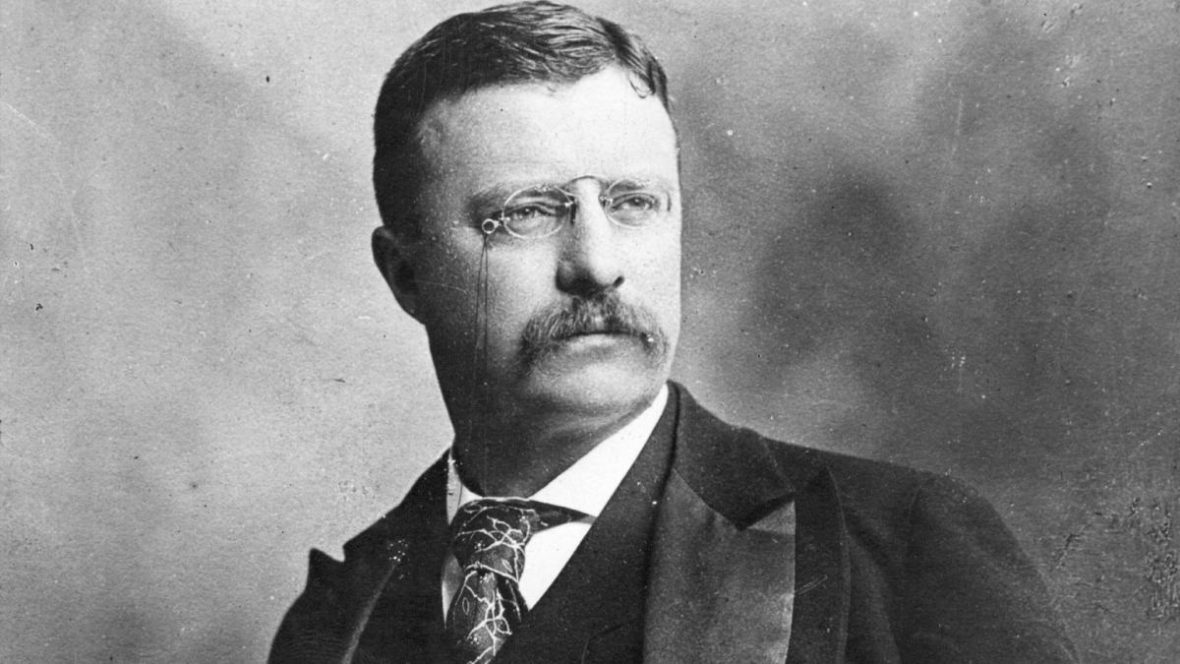
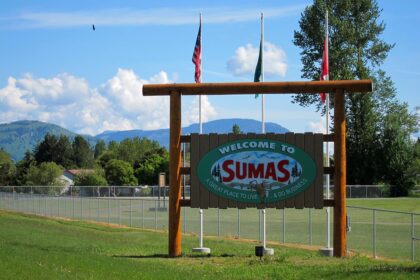
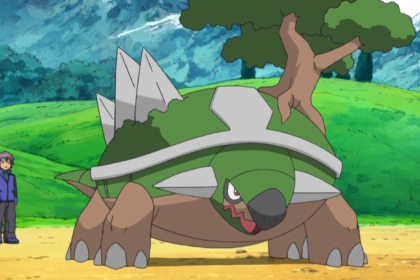
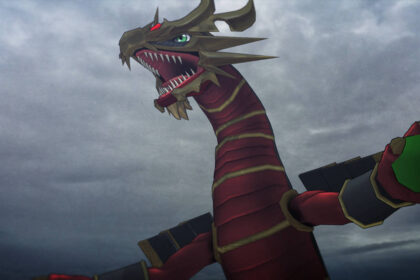
One Comment
Pingback:
July 1, 2018 at 12:57 am